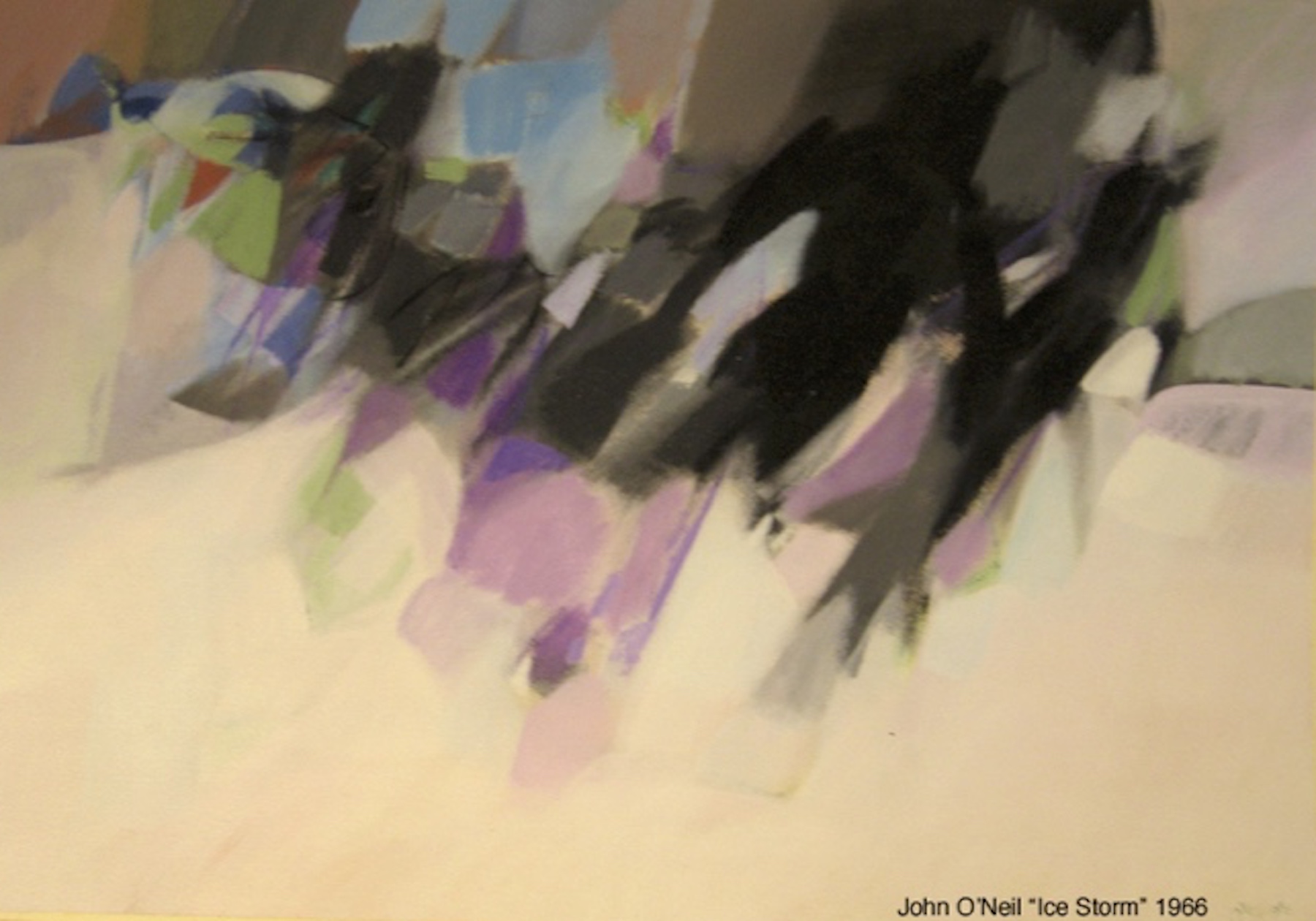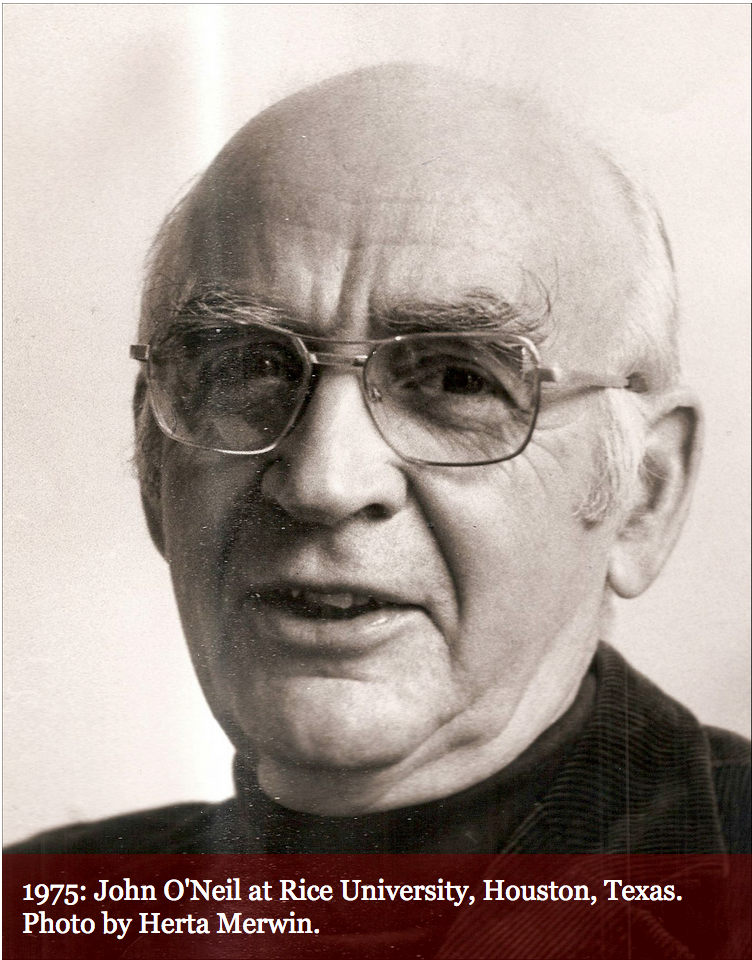Color fascinates because it is the most elusive of the pictorial graces. It is also inconstant, never having the same aspect from one time to another.
Living in a world of color, we know little of the color world; placing colors together, a pseudo-science and an imperfect art, still has some of the irrational appearance of a game of chance. But when the laws of color become defined, the delight of play ends.
Color without shape is unimaginable, yet it can, like a strong acid, dissolve shape and integrate form. It can also void space. The other side of its Janus character has the power to make the intangible real.
Nature is a charming teacher of color. There are lessons in rainbows and stones, in fish scales, in leaves, in feathers; which is to say: everything. But in painting, nature is nothing. There is only paint, pigment that is carefully planned deception.
A precise vocabulary of color has never been realized. Thus words describing it (harmony, triad) are borrowed from music. However, color is not visual music; its activity is unique, even though the terminology is not.
But perhaps color should be considered as one of the performing arts. It cannot exist without light; it requires staging. A poor setting can destroy it, and an insensitive audience can silence it.
The color in a Redon or a Klee is mysterious and overpowering, two of the qualities usually attributed to magic. Color is a sorcerer’s art.
John O’Neil
Published in Cimarron Review
January 1972

